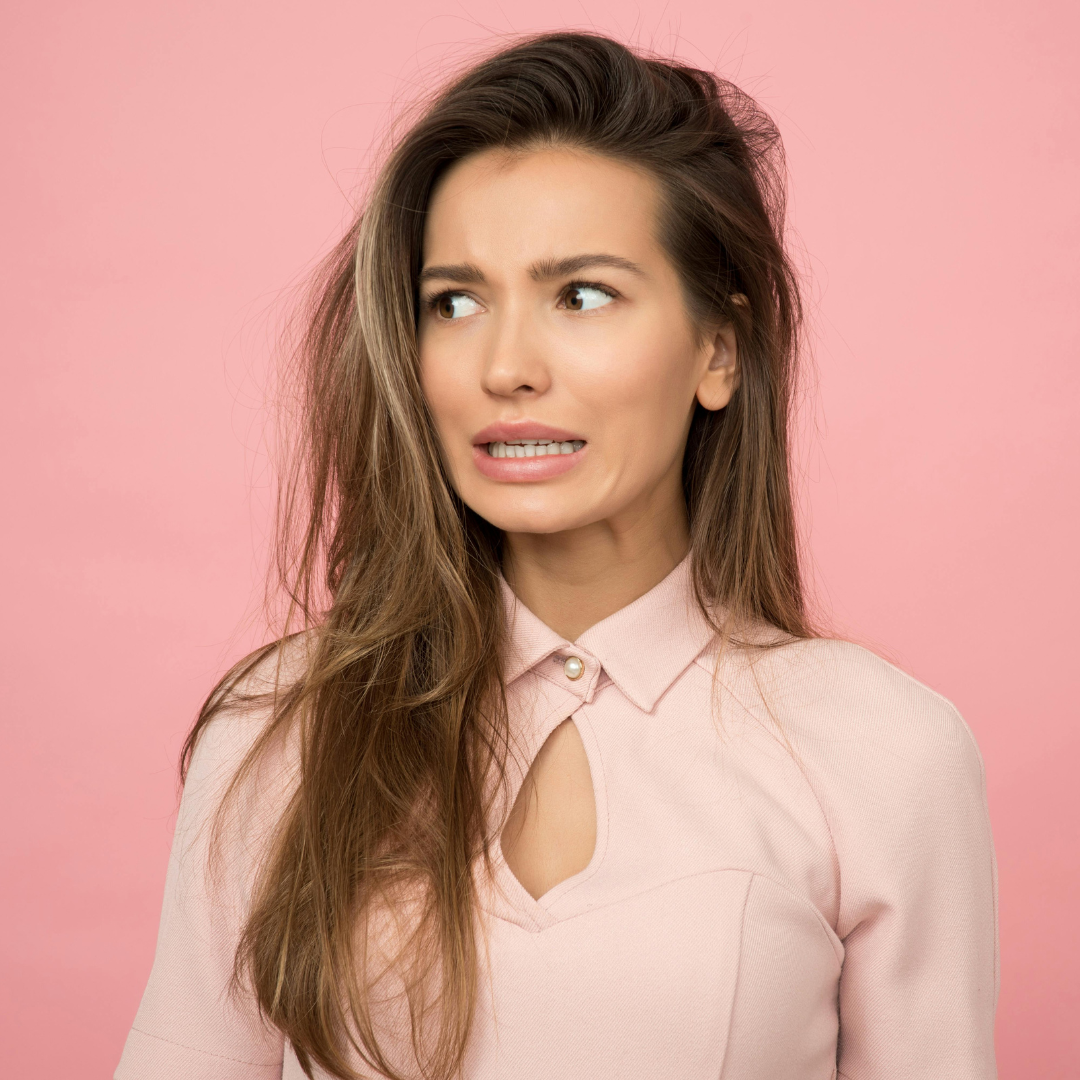We receive many inquiries about whether hyperhidrosis can be caused by perimenopause or menopause. Hyperhidrosis is defined as excessive sweating without the need for physical exertion. The simple answer to this question is yes. There are two types of hyperhidrosis: primary and secondary.
Primary Hyperhidrosis:
Primary hyperhidrosis is often hereditary and often begins during puberty. It is caused by faulty nerve signals that trigger sweat glands to be overreactive. Primary hyperhidrosis generally affects the hands (palms), soles of feet, underarms, and sometimes the face. There are no known medical causes for primary hyperhidrosis.
Secondary Hyperhidrosis:
Secondary hyperhidrosis can start at any time, often in adulthood but is triggered by underlying medical conditions such as diabetes, thyroid issues, infections and some medications. Hormonal changes that occur during perimenopause and menopause can also trigger secondary hyperhidrosis.
Perimenopause/Menopause and Hyperhidrosis – Hot Flushes
Hyperhidrosis can often be triggered during perimenopause or menopause due to changes in hormonal changes. You may have heard of hot flushes during these stages. Approximately 75% of women going through perimenopause or menopause experience hot flushes, which are sudden sensations of heat and sweating in the face, neck, or chest, sometimes accompanied by chills or rapid heartbeat. The skin may also become red resembling blushing.
Hot flushes can be very inconvenient, uncomfortable, and sometimes painful. These can cause excessive sweating in the face, neck, and chest, leading to further embarrassment and discomfort. One of the main issues with hot flushes is their unpredictability, often occurring at the most inconvenient times and causing significant sweating.
Perimenopause/Menopause and Hyperhidrosis – Night Sweats
Another issue during perimenopause and menopause is night sweats, which are episodes of heavy sweating during the night. This can often wake people up, requiring a change of clothing or bedding due to excessive sweating. Night sweats, like hot flushes, can be very debilitating, inconvenient and stressful. They can also indicate other underlying conditions such as diabetes, infections or cancer, so it's important to discuss these symptoms with your GP to rule out other concerns.
Both night sweats and hot flushes can be very debilitating during perimenopause and menopause. Night sweats can cause a lack of sleep, potentially impacting daily activities, work, and social life. Hot flushes can cause stress, anxiety and depression, especially worrying about when the next flash will occur. In the workplace, excessive sweating may require frequent changes of clothes, and hot flushes can cause you to lose concentration during meetings or tasks.
What Can Be Done to Help with the Sweats?
While we are experts in hyperhidrosis and excessive sweating, we recommend seeking medical advice to discuss your concerns and explore potential treatments.
However, there are things you can do to help with sweating issues caused by hyperhidrosis during perimenopause and menopause:
Clothing
Wearing the right type of clothing during the day and at night can help. Traditional fabrics like cotton absorb the moisture, making clothing and bedding wet and cold. Wearing fabrics that wick sweat away from the skin, similar to advanced exercise clothing, can help you feel less wet and cold.
Bedroom
If you are experiencing night sweats, it may help to keep your bedroom cool at night and use light bedding.
Cool Showers
If you are experiencing hot flushes and can take a cold shower, it can help. If you are at work, a personal fan or desk fan and cold drinks also help regulate the sweat glands.
Avoid Triggers
Although perimenopause or menopause is the underlying issue of excessive sweating, it can help to avoid triggers that make it worse. Potential triggers include spicy foods, alcohol, caffeine, hot drinks, smoking and alcohol.
Antiperspirants
Antiperspirants are not just for underarms. There are sprays and creams available that you can use on the face and other sensitive areas. These products are designed to support excessive sweating or hyperhidrosis, regardless of the cause. Here are a couple of examples:
- Aloe Vera Sensitive Antiperspirant Spray: Supports the head, underarms and back.
- Sensitive Antiperspirant Lotion: Designed for the head in mind but be used all over the body, including hands or neck.
Dealing with excessive sweating, whether it’s hot flushes, night sweats, or both as part of perimenopause and menopause, can be very stressful. You are not alone.
Here are some helpful links:

